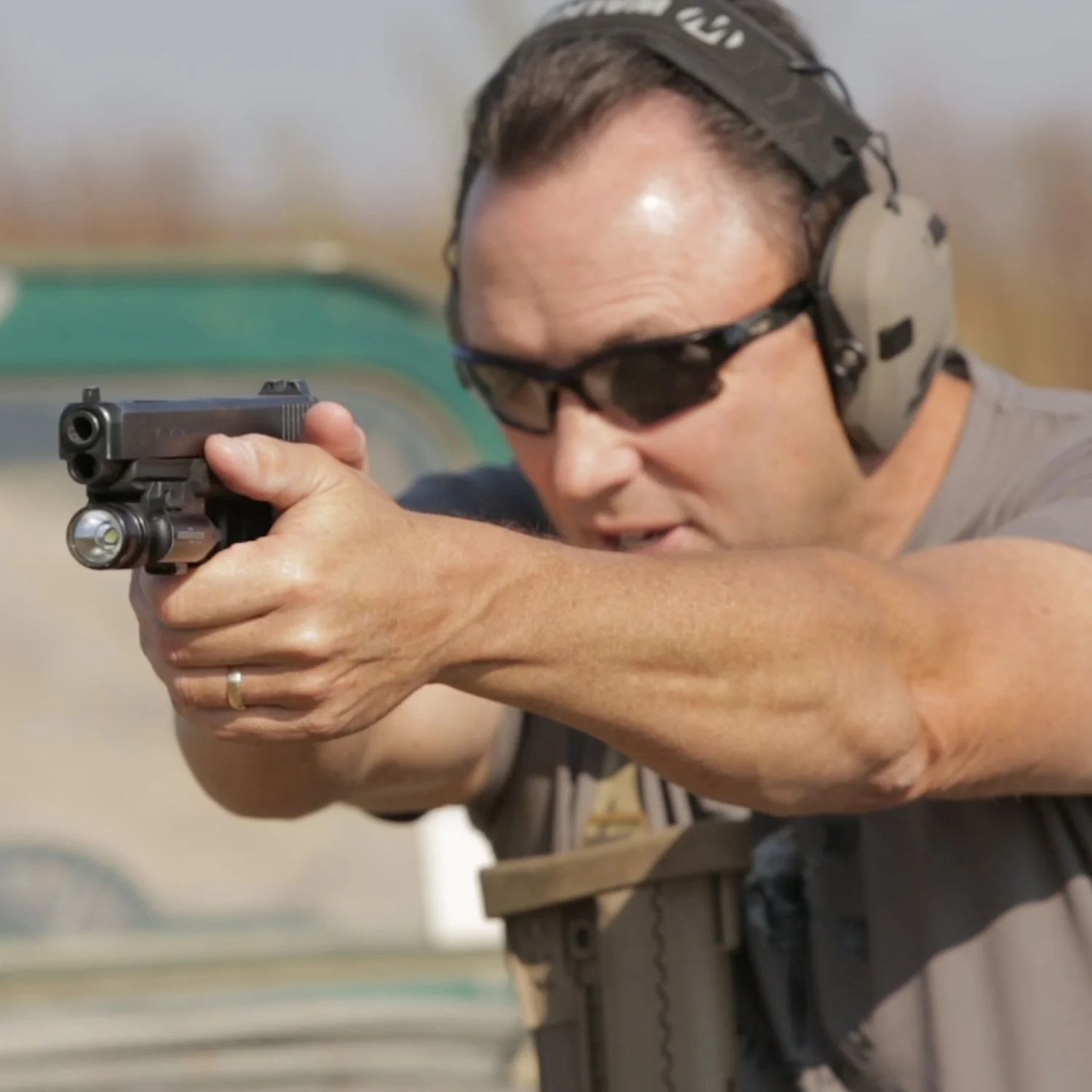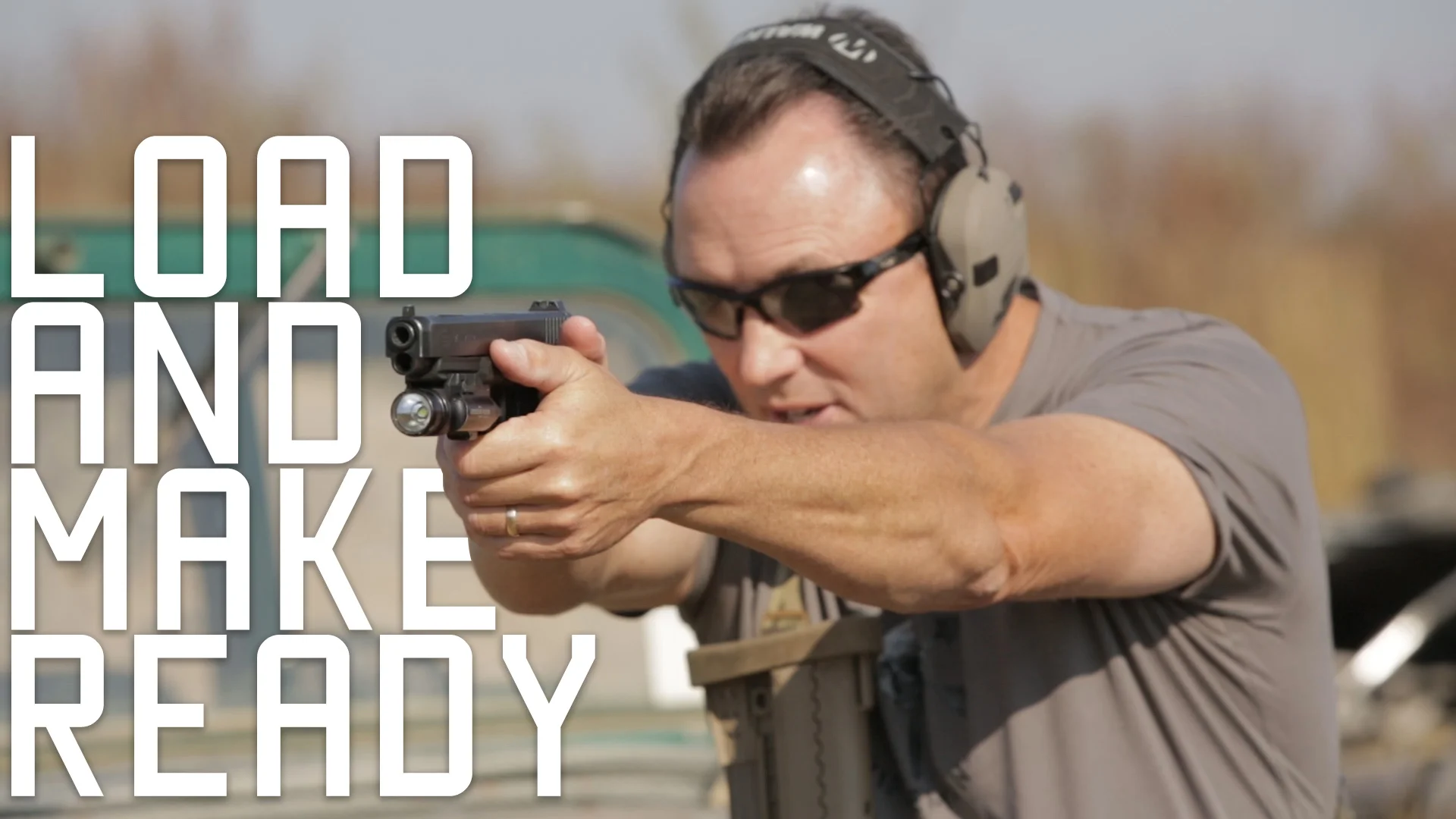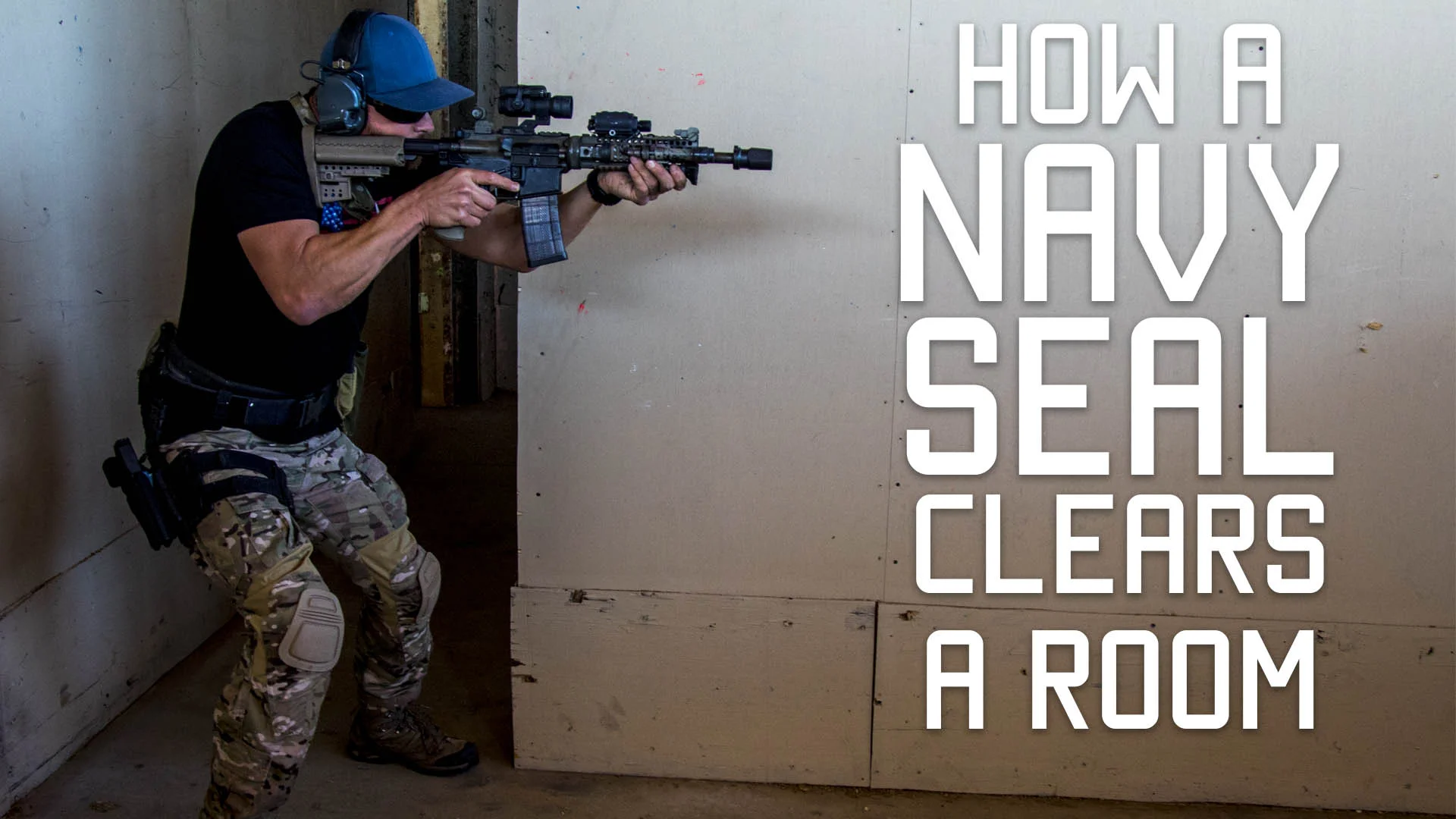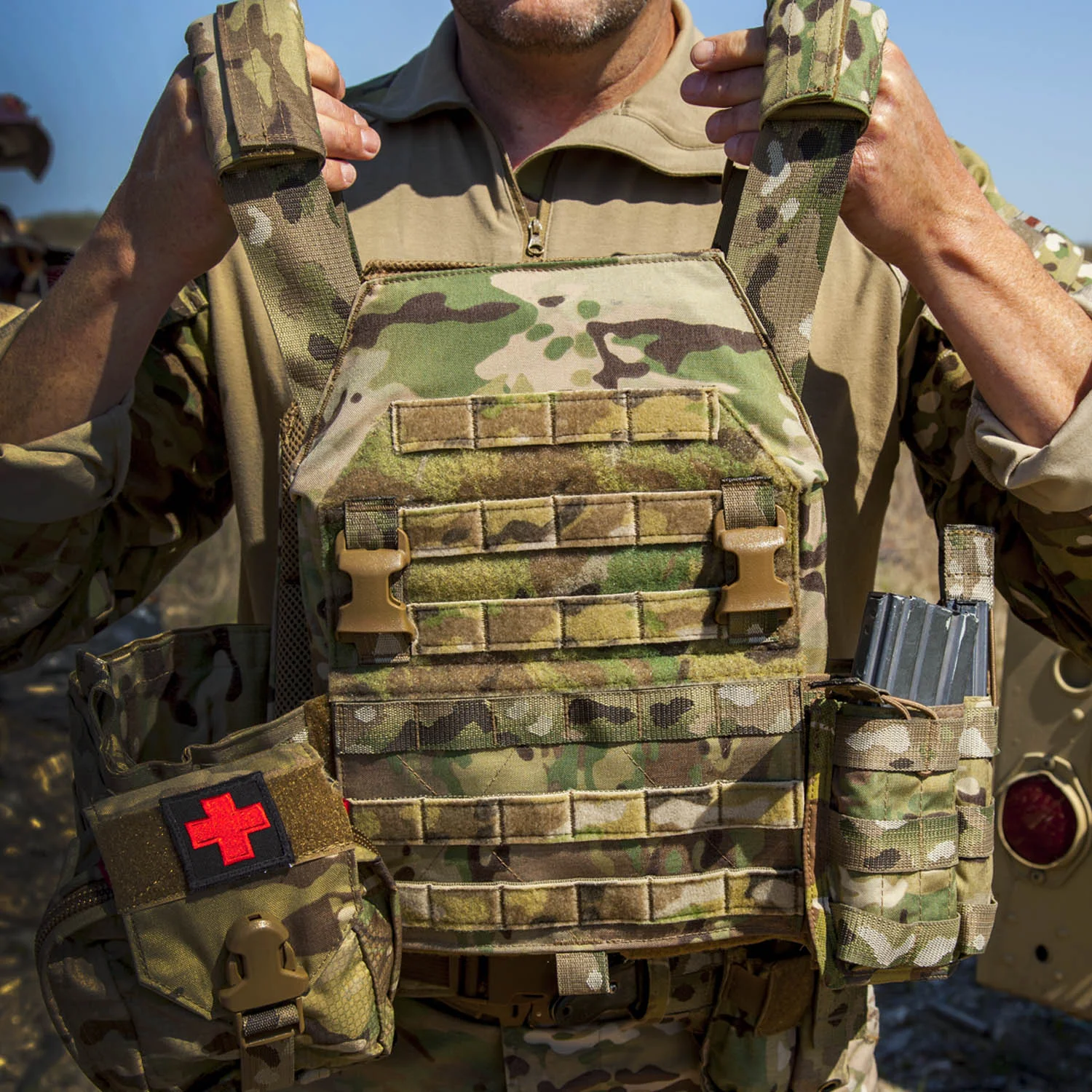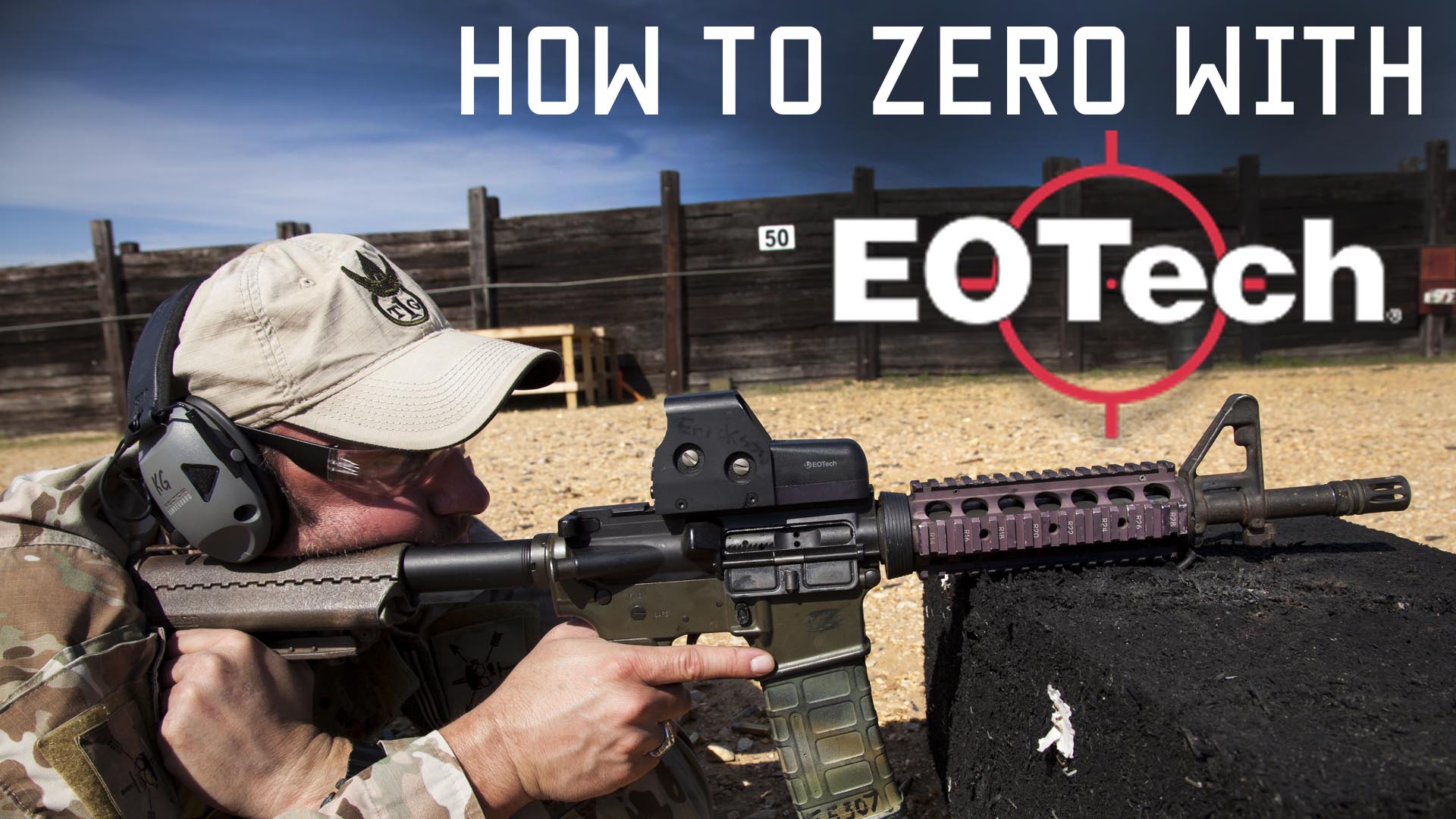This week, on Tactical Rifleman, we are going to cover Tourniquets. We get a lot of questions about the Med Kits we carry.
If you are looking for the tourniquets used in this video
CAT Combat Application Tourniquet - GEN 7
http://amzn.to/2CEhRrR
SOFTT-W Tourniquet
http://amzn.to/2CWRU4g
TK4 Tourniquet
http://amzn.to/2CJsYzG
When you talk Medical Gear, first and foremost, we want to push Tourniquets. The best way to prevent Hypovolemic Shock, is to keep those Red Blood Cells inside the body.
I want that last sentence to sink in… The best way to prevent Hypovolemic Shock, is to keep those Red Blood Cells inside the body. Imagine, middle of the gun fight, you see your buddy lying there bleeding bad. You are 50 feet from good cover. How long would it take you to drag him 50 feet over rough terrain? How long would it take you to scoop him up and “Fireman’s Carry” him 50 feet? Now, as fast as you think you are, it’ll probably take twice that long real world. Next question: How long would it take for him to bleed out 2 liters of blood from a major injury? I say 2 liters, because that’s all it takes to push someone into Uncompensated Shock. So, what do we do about it? We put Tourniquets on ASAP, before we drag him to safety.
As a Special Forces Medic (18D), I was taught to clamp bleeders and all kinds of other great ways to stop bleeders. We were taught that Tourniquets were a last resort. We were taught WRONG. This little 15 year war (thanks politicians) has cost us thousands of lives, and has been a great case study on the treatment of trauma on the modern battlefield. We now teach TOURNIQUETS IMMEDIATELY.
Once you put it on, leave it on. Don’t worry about damaging the limb or crushing injuries. The doctors have protocols for dealing with tourniquets and their removal. Let the Docs in the hospitals remove the tourniquets.
I know you internet ninjas want a shooting video every week. Here at Tactical Rifleman, we cover everything involved with “Shoot / Move / Communicate.” Medical is a big part of that, and Tourniquets is a big part of Tactical Combat Casualty Care (TCCC). I encourage everyone to attend a good TCCC course, like the ones taught at Tier-1 Group (t1g.com).
Thanks for watching. Strength & Honor, TR



